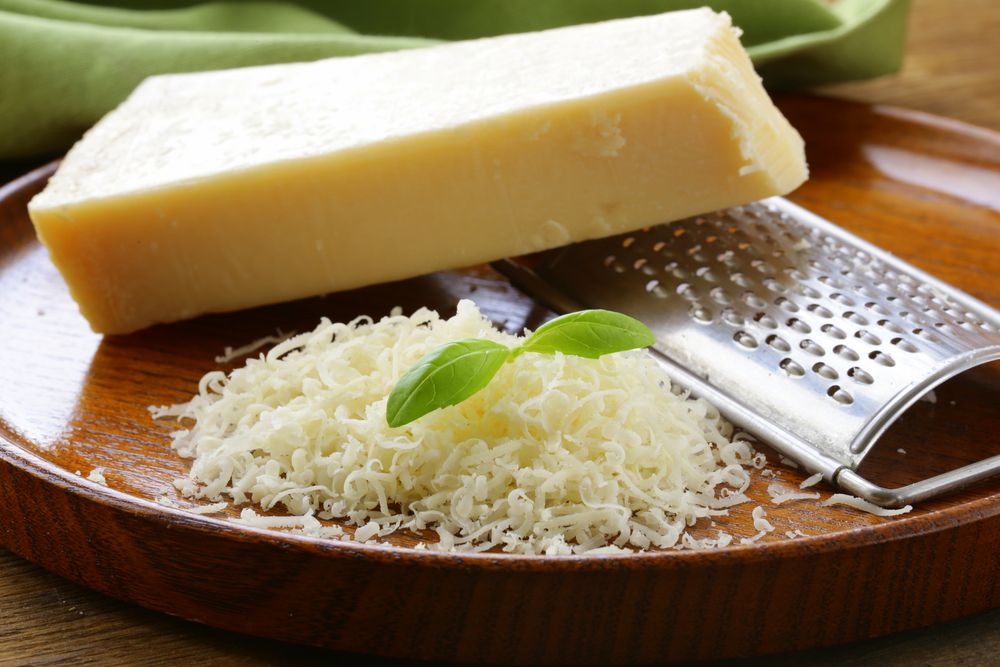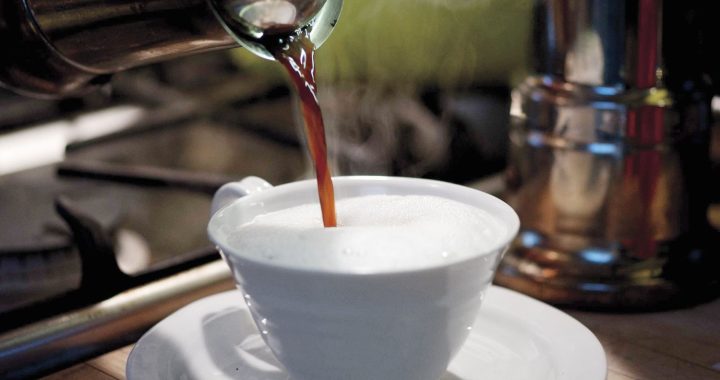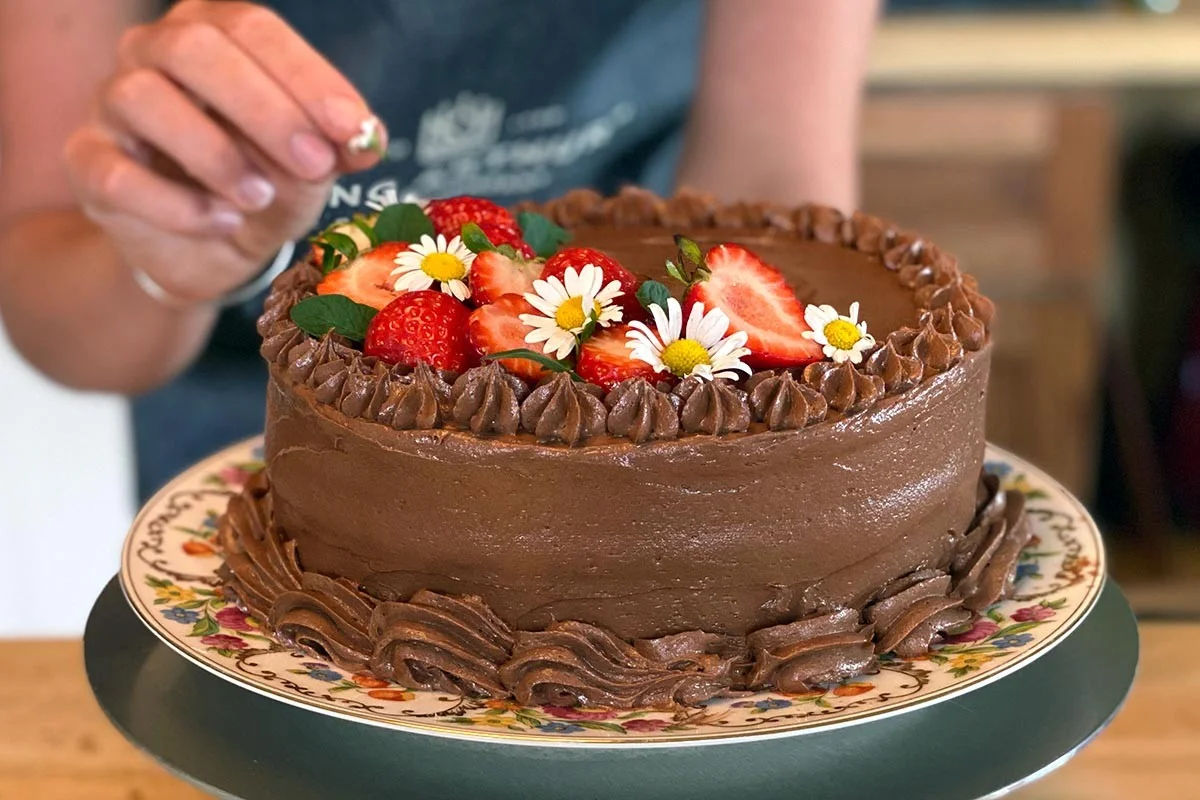Why Parmigiano Cheese is the King of Italian Cheeses

Few foods command the same reverence as Parmigiano Reggiano, often hailed as the “King of Cheeses.” Its centuries-old legacy, unmatched flavor, and versatility make it a cornerstone of Italian cuisine and a global favorite.
What makes Parmigiano cheese stand out among hundreds of other varieties? Is it the nutty flavor, the granular texture, or its remarkable versatility? Perhaps it’s all these qualities and more. This article unpacks why Parmigiano Reggiano reigns supreme as the king of Italian cheeses.
History and Origin
Parmigiano cheese has a storied history dating back to the Middle Ages. Originating in the Emilia-Romagna region of Italy, this iconic cheese was first crafted by monks aiming to create a long-lasting food source. Thanks to its meticulous preparation, Parmigiano soon gained widespread popularity, becoming a prized delicacy across Europe.
Fun fact: Historical records show that even during the Renaissance, Parmigiano was gifted among nobles and used as a form of currency.
The Craft of Parmigiano Reggiano
The production of Parmigiano cheese follows time-honored traditions. Only milk from cows grazing on specific grasses in Emilia-Romagna is used, ensuring unparalleled quality. The process includes:
- Heating raw milk in copper vats.
- Adding natural rennet to form curds.
- Aging wheels in controlled environments for up to 36 months.
These steps contribute to Parmigiano’s unique texture and taste.
Aging Process: The Secret to Perfection
Imagine a harmonious blend of nutty, fruity, and savory notes. That’s Parmigiano for you! As it ages, the cheese develops a robust umami flavor that tantalizes the taste buds. Its granular texture adds an extra layer of delight
The aging process is where magic happens. Parmigiano can be aged from 12 to 36 months, and each stage offers distinct characteristics:
- 12-18 months: Mild, creamy, and slightly tangy.
- 24 months: Balanced flavor with pronounced nuttiness.
- 36+ months: Rich, crumbly, and intensely savory.
Uses in Cooking
Here are some uses of Parmigiano in cooking:
- Grating and Shaving: A freshly grated sprinkle of Parmigiano transforms dishes like pasta, risotto, and soups. Shaving it over salads or roasted vegetables elevates simple meals to gourmet experiences.
- Parmigiano as a Standalone Delight: Cut into chunks, Parmigiano makes a fantastic snack. Pair it with fresh fruits, honey, or nuts for a quick and elegant appetizer.
- Pairing Parmigiano with Balsamic Vinegar: The sweet tanginess of aged balsamic vinegar perfectly complements Parmigiano’s savory profile. Together, they create a luxurious taste sensation.
Health Benefits
Parmigiano isn’t just delicious; it’s also packed with health benefits:
- Rich in Protein: Provides all essential amino acids.
- Lactose-Free: Naturally suitable for those with lactose intolerance.
- Bone Health: High in calcium and phosphorus.
- Gut-Friendly: Contains probiotics that support digestion.
Nutritional Facts
Here’s a snapshot of what makes Parmigiano a nutritional powerhouse:
- Calories: ~431 per 100g
- Protein: 38g per 100g
- Fat: 29g per 100g
- Calcium: Covers 70% of daily recommended intake
Buying Authentic Parmigiano Reggiano
Always look for the “Parmigiano Reggiano” stamp on the rind to ensure authenticity. This mark guarantees it’s produced under strict guidelines.
Storage Tips
To keep your Parmigiano fresh:
- Wrap it in wax paper or parchment paper.
- Store it in the refrigerator’s cheese drawer.
- Avoid plastic wrap, as it can trap moisture and cause spoilage.
Why It Deserves the Crown
From its rich history to its complex flavors and remarkable health benefits, Parmigiano cheese stands unrivaled. Its versatility in cooking and ability to shine on its own cements its title as the king of Italian cheeses.
Whether grated over pasta, paired with balsamic vinegar, or enjoyed as a snack, Parmigiano cheese is a testament to the artistry of Italian cheesemaking. Its legacy, flavor, and benefits make it a staple in kitchens worldwide.
For authentic Parmigiano Reggiano, visit Maison Morand Paris.


 4 Cooking Tips for Busy Seniors
4 Cooking Tips for Busy Seniors  Pregnancy as well as your Diet – Five Easy Cooking Tips
Pregnancy as well as your Diet – Five Easy Cooking Tips  Cooking Tips – Containers & Pans for that Kitchen
Cooking Tips – Containers & Pans for that Kitchen  Cooking Tips – How Lengthy To Defrost Different Frozen Meats
Cooking Tips – How Lengthy To Defrost Different Frozen Meats  Best Cooking Strategies for Vegetables
Best Cooking Strategies for Vegetables  Cooking Recommendations On Beef
Cooking Recommendations On Beef  The Future of Coffee & Drinks: Sustainability, Innovation, and Personalization
The Future of Coffee & Drinks: Sustainability, Innovation, and Personalization  The Art of Catering: A Fusion of Flavor, Service, and Experience
The Art of Catering: A Fusion of Flavor, Service, and Experience  The Art and Craft of Bakeries and Cakes: A Journey of Flavor, Tradition, and Innovation
The Art and Craft of Bakeries and Cakes: A Journey of Flavor, Tradition, and Innovation  Delightfully Decorate Your Desserts with Edible Flowers for Cake: The Ultimate Guide
Delightfully Decorate Your Desserts with Edible Flowers for Cake: The Ultimate Guide